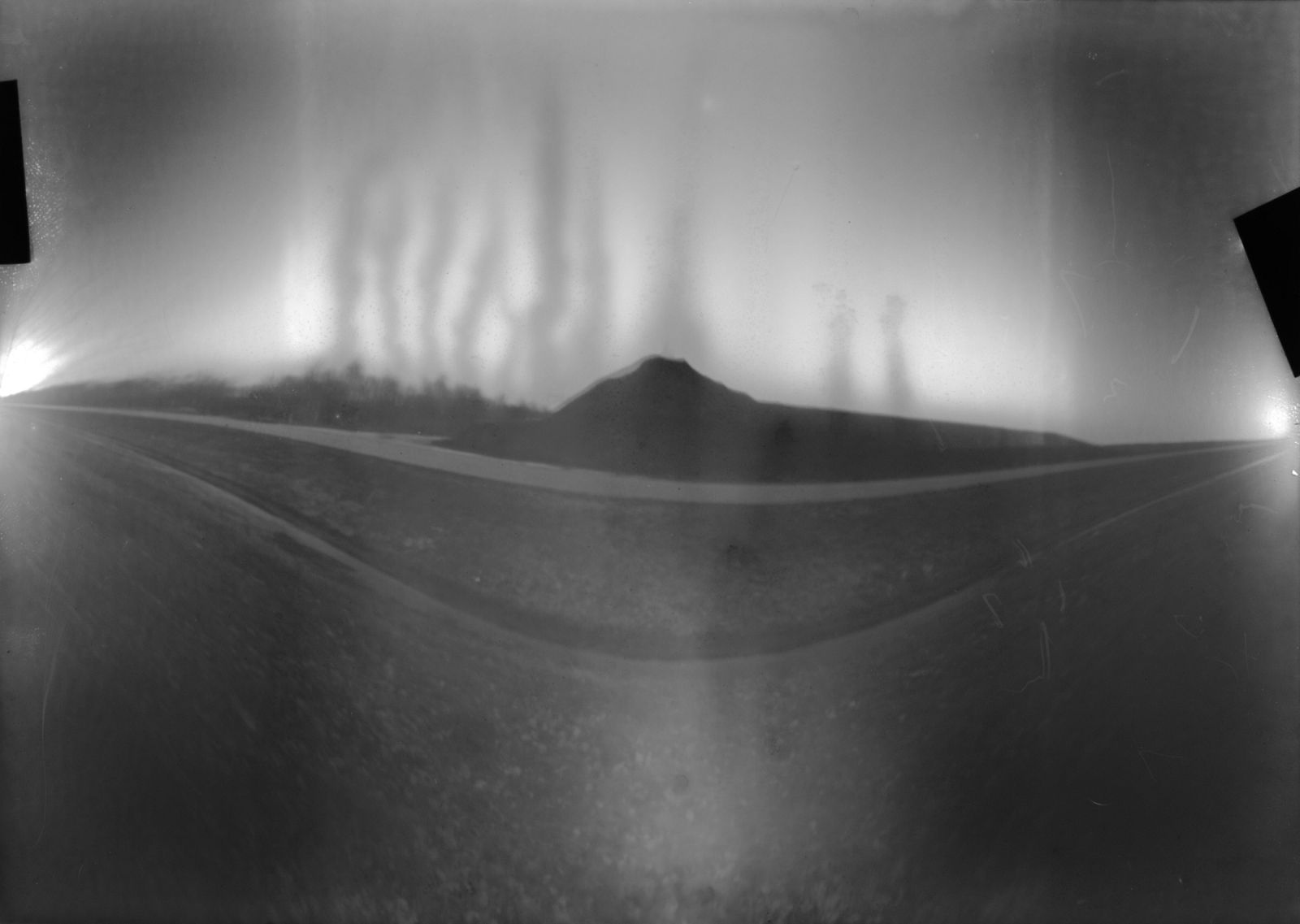
How to look for memory in a place whose history has almost completely been erased? With this question in mind, I seek to tell a story of the peatlands of the Emsland region, a place in the German north-west, in the periphery of the country.
After World War II, the underdeveloped region underwent a drastic economic and ecologic transformation financed by the Marshal Plan. Consisting mainly of peat bogs, these were mostly drained and turned into farmland, roads, and settlements.
This endeavor followed the legacy of the Nazis, who had built fifteen concentration and prison camps in the area, forcing prisoners to work in the peatlands. My grandfather was a political prisoner in one of these camps, Börgermoor, from 1943-1944. While the existence of the Emsland camps was either denied or justified in the decades after, he was never able to speak about his wartime experiences and only wrote them down shortly before he died.
Today, the perception of the peat bogs has shifted from an unproductive wasteland to a significant ecosystem in the fight against climate change. While parts of the Emsland peat is still extracted today, others are in the process of rewetting and regeneration.
Peatland is ‘less a land than a memory of what has existed on it’, writes the science essayist Sabrina Imbler in an article for the New York Times.[1] Taking thousands of years to form, they can conserve anything falling into them for just as long. But in the Emsland, the peatland was drained, extracted, and turned into farmland. The erasure of memory has itself become part of history. I thus conceive of the Emsland landscape as a product of is own past and a repository of collective memory – or better, collective repression.
Using experimental photographic processes as well as archival materials, the project weaves together different temporal layers, creating linkages throughout history. It aims to create new knowledge through the connection of historical and environmental aspects and offer an alternative relationship with the environment of the peatlands.
[1] Sabrina Imbler and Eden Weingart, “Meet Peat, the Unsung Hero of Carbon Capture,” The New York Times (The New York Times, February 22, 2022), https://www.nytimes.com/interactive/2022/02/21/headway/peat-carbon-climate-change.html